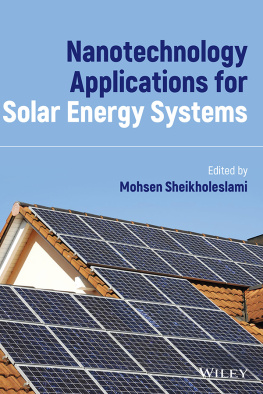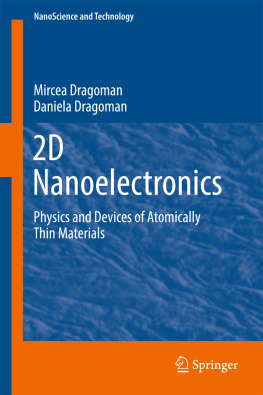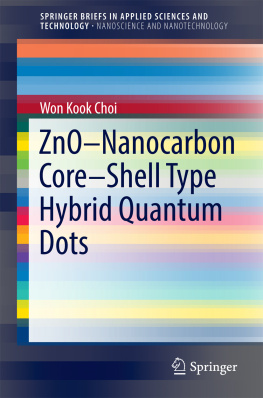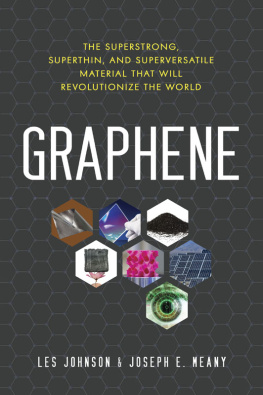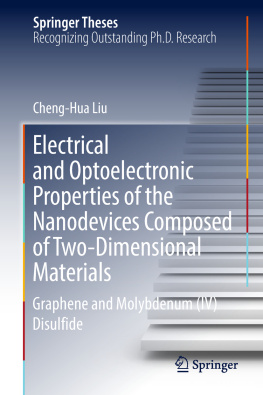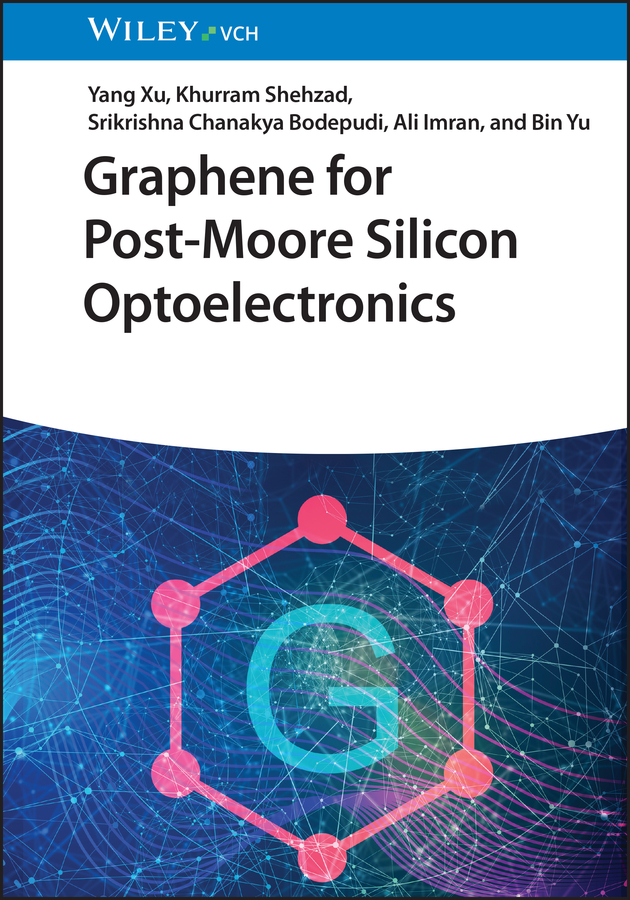Yang Xu - Graphene for Post-Moore Silicon Optoelectronics
Here you can read online Yang Xu - Graphene for Post-Moore Silicon Optoelectronics full text of the book (entire story) in english for free. Download pdf and epub, get meaning, cover and reviews about this ebook. City: Weinheim, year: 2023, publisher: Wiley-VCH, genre: Science. Description of the work, (preface) as well as reviews are available. Best literature library LitArk.com created for fans of good reading and offers a wide selection of genres:
Romance novel
Science fiction
Adventure
Detective
Science
History
Home and family
Prose
Art
Politics
Computer
Non-fiction
Religion
Business
Children
Humor
Choose a favorite category and find really read worthwhile books. Enjoy immersion in the world of imagination, feel the emotions of the characters or learn something new for yourself, make an fascinating discovery.

- Book:Graphene for Post-Moore Silicon Optoelectronics
- Author:
- Publisher:Wiley-VCH
- Genre:
- Year:2023
- City:Weinheim
- Rating:5 / 5
- Favourites:Add to favourites
- Your mark:
Graphene for Post-Moore Silicon Optoelectronics: summary, description and annotation
We offer to read an annotation, description, summary or preface (depends on what the author of the book "Graphene for Post-Moore Silicon Optoelectronics" wrote himself). If you haven't found the necessary information about the book — write in the comments, we will try to find it.
Provides timely coverage of an important research area that is highly relevant to advanced detection and control technology
Projecting device performance beyond the scaling limits of Moores law requires technologies based on novel materials and device architecture. Due to its excellent electronic, thermal, and optical properties, graphene has emerged as a scalable, low-cost material with enormous integration possibilities for numerous optoelectronic applications. Graphene for Post-Moore Silicon Optoelectronics presents an up-to-date overview of the fundamentals, applications, challenges, and opportunities of integrating graphene and other 2D materials with silicon (Si) technologies.
With an emphasis on graphene-silicon (Gr/Si) integrated devices in optoelectronics, this valuable resource also addresses emerging applications such as optoelectronic synaptic devices, optical modulators, and infrared image sensors. The book opens with an introduction to graphene for silicon optoelectronics, followed by chapters describing the growth, transfer, and physics of graphene/silicon junctions. Subsequent chapters each focus on a particular Gr/Si application, including high-performance photodetectors, solar energy harvesting devices, and hybrid waveguide devices. The book concludes by offering perspectives on the future challenges and prospects of Gr/Si optoelectronics, including the emergence of wafer-scale systems and neuromorphic optoelectronics.
- Illustrates the benefits of graphene-based electronics and hybrid device architectures that incorporate existing Si technology
- Covers all essential aspects of Gr/Si devices, including material synthesis, device fabrication, system integration, and related physics
- Summarizes current progress and future challenges of wafer-scale 2D-Si integrated optoelectronic devices
- Explores a wide range of Gr/Si devices, such as synaptic phototransistors, hybrid waveguide modulators, and graphene thermopile image sensors
Graphene for Post-Moore Silicon Optoelectronics is essential reading for materials scientists, electronics engineers, and chemists in both academia and industry working with the next generation of Gr/Si devices.
Yang Xu: author's other books
Who wrote Graphene for Post-Moore Silicon Optoelectronics? Find out the surname, the name of the author of the book and a list of all author's works by series.

